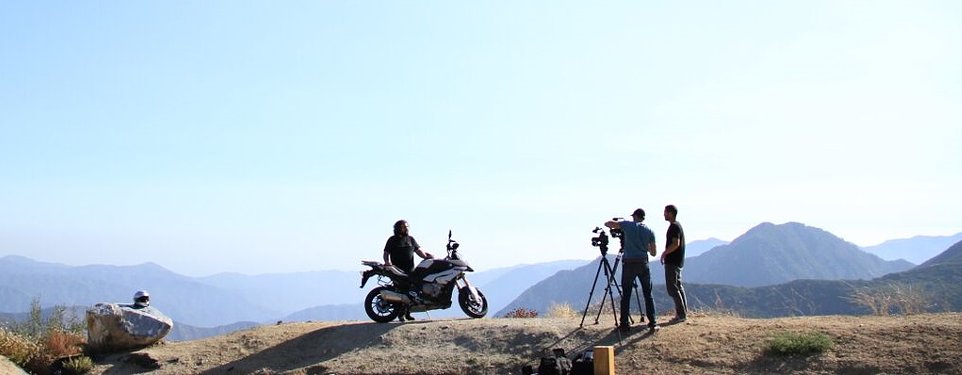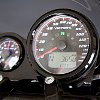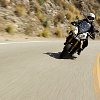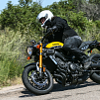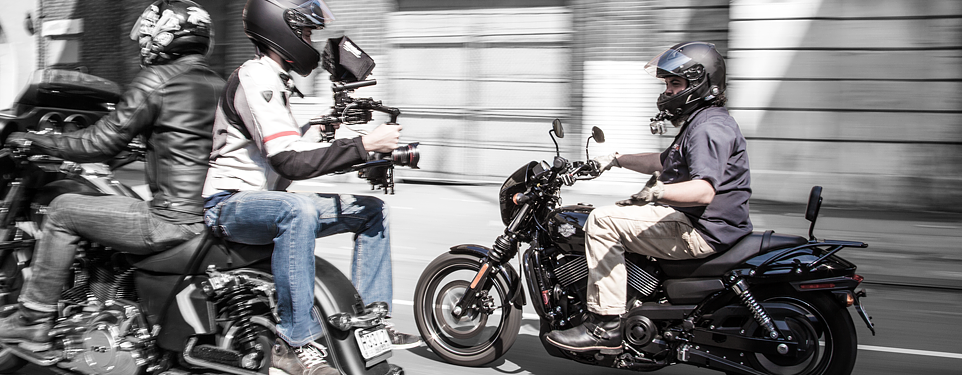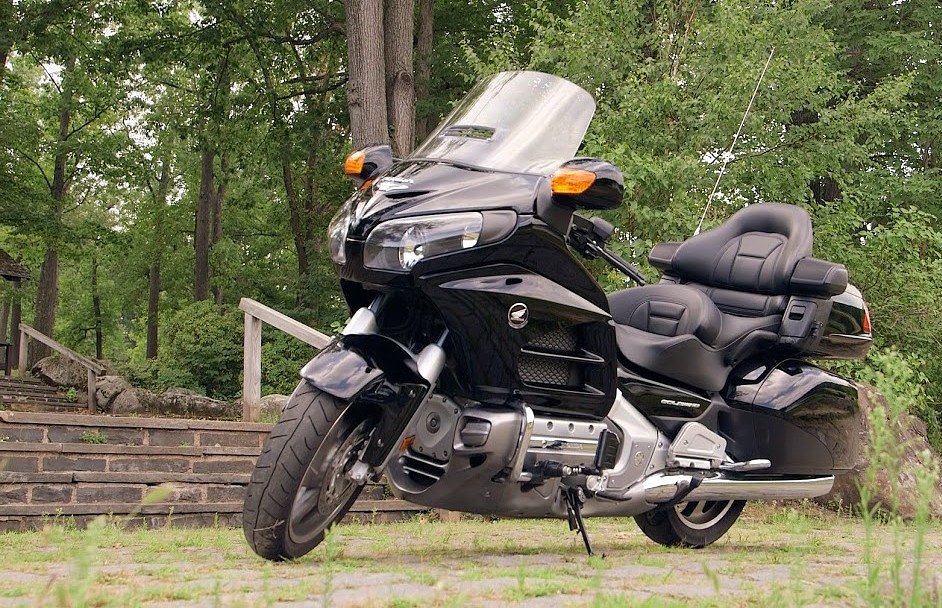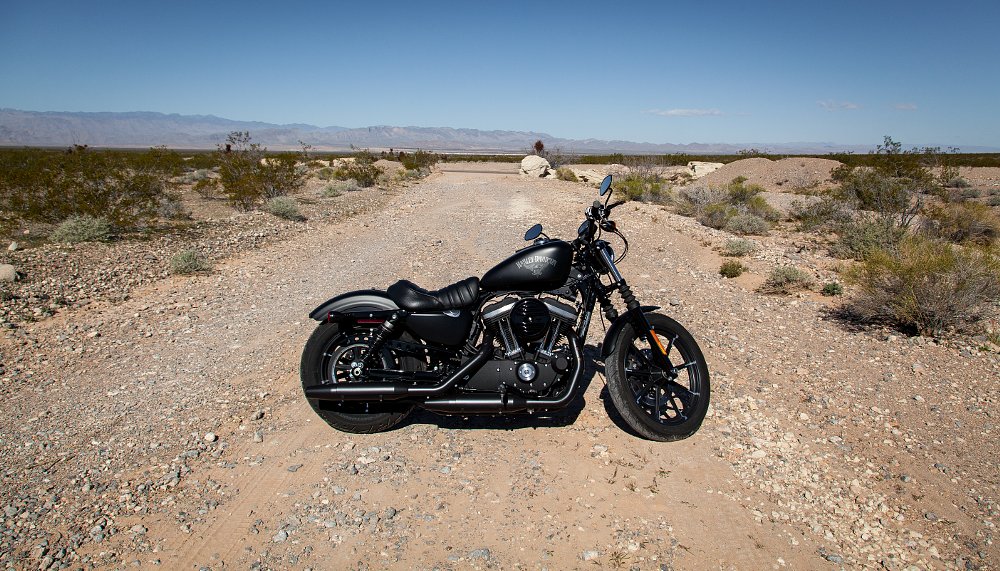“Ride the shit out of it.”
That’s how I review a bike for RevZilla. If I had to boil the whole thing down to one sentence, that’s the one. If given my druthers, I would simply get a bike and ride it until a major component failed. Simply spending time with the bike — riding, wrenching, even just looking at it — is the number one way for me to get the bike to tell me its secrets.
When we’re given a bike to review, the first thing I start weaseling is time and education. The more time I can get with the bike, the more tidbits I can tease out of it. And the more the manufacturer’s reps can tell me about it, the better. (Especially the engineers. I love them. They always say more than the PR dudes want them to.)

For me, the first impression is really important. I jot notes on a day-by-day basis when I meet a new bike so I don’t forget what I was thinking or feeling. I like to really document that part well. Those first feelings may change, but I like to have them handy because for a lot of riders, that “first impression” might be all they get of that bike before they open their checkbooks.
When I’m riding, I like to intentionally vary my riding style. I’ll ride hard, hitting every apex like I think Ago would have, playing windshield wiper with the tach. Then I’ll go into putt-putt mode, lugging every gear and short shifting, intentionally trying to find out how frenetic or easygoing a machine might be. I ask the machines to do things that are outside their advertised skillset. Sure, I use the right tool for a job, but I suppose I am still old enough that I expect every motorcycle to have some "do-it-all" qualities.

Once I start getting familiar with a bike, I’ll start “playing.” That might be as simple as using the rpm/gear indicator on the Sporty we reviewed, or running through all the electronic suspension, traction control, and stability assistance modes the BMW S 1000 XR was equipped with. I’m usually looking for the extremes when I start. That can mean dialing in a bundle of preload on a shock or making a fork clicker super-soft, just to see what’s available at either end of the spectrum. From there, I usually home in on the settings that are most appropriate.
Another thing I really prefer is riding the bike in some different weather conditions. High winds can really affect some bikes, and my opinion of a tire is very likely to change if it doesn’t handle wet weather well. Mama Nature doesn’t always cooperate, so we don’t always get a chance to ride every bike in every type of weather, but if I can get it out in the mucky stuff, I will.
I also like to see if the manufacturers are being honest and accurate with some of their claims. Reserve mileage is a real-world number that needs to be tested, so when I do that I try to make sure I have a fuel bottle with me. When we tested the Victory Empulse TT, for instance, I couldn’t come close to matching their claimed range figure. It’s not always little stuff, too — Spurg tested the Triumph Street Twin and was having trouble shifting into the sixth gear the factory literature said he had. It turns out the trans was a five-speed!
When the day is through, I’ll often pop open a beer and just pull up a chair and eyeball the bike. There’s a surprising amount to be learned from just looking. Sometimes I’ll spot a different tire on a bike than the one that’s supposed to be there, or an adjustment feature or construction technique that’s uncommon. Sometimes it’s just little idiosyncrasies. For instance, when I was on the Indian Scout, I felt like the digital tach couldn’t keep up with the engine revs. A year later, on the Victory Octane, which uses a similar setup, I realized we had an auxiliary analog tach. Sitting in the garage, I was able to confirm — and capture — the difference in read speeds. It’s little stuff, but I try to absorb as much as I can to bring back and report on.

The final thing I pay attention to is my fun level. I have my predilections and peccadilloes. All of us do. But I like to think that I am open-minded enough to have fun on dang near anything with wheels. I try to calibrate that, too. Do I have the best time ever on smaller bikes? No, but I have been riding for a bit and I’m fat as a house. There are also lots of bikes that are better motorcycles than I am a rider. I hope my style of conveying my findings makes it clear that I’m not a “moto insider,” but instead, some regular guy who just really loves motorcycles. As much as I might want to be the fastest guy on the track or a master wrench or a dirt champion, I’m not. I just dream of that like all of us do.

Lance and Spurg do this way differently than I do. They’re better organized, more articulate in synthesizing their ride developments, and better/faster/more skilled riders.
But I stand by my methods. I'm running these bikes through the wringer like I think Joe Everyman does. It's the only way I know how, really.
If there’s anything you think I should cover and don’t, or you want to know more specifically how I do things, drop me a comment down below. I promise to address as many as I can reasonably.































 Riders Preferred Membership
Riders Preferred Membership
